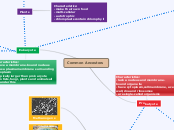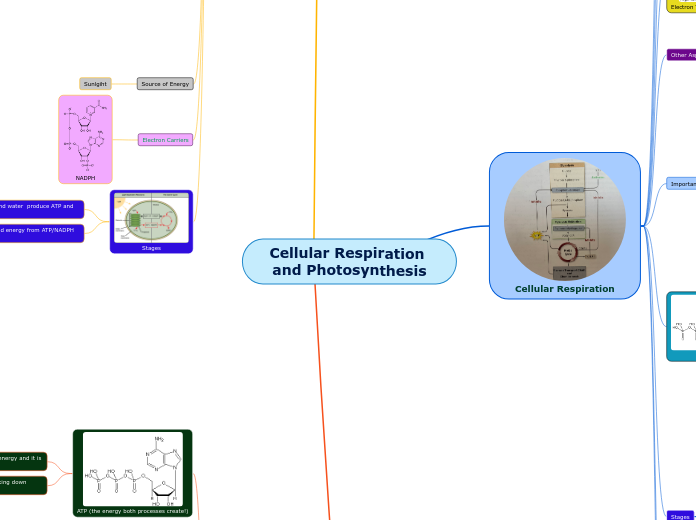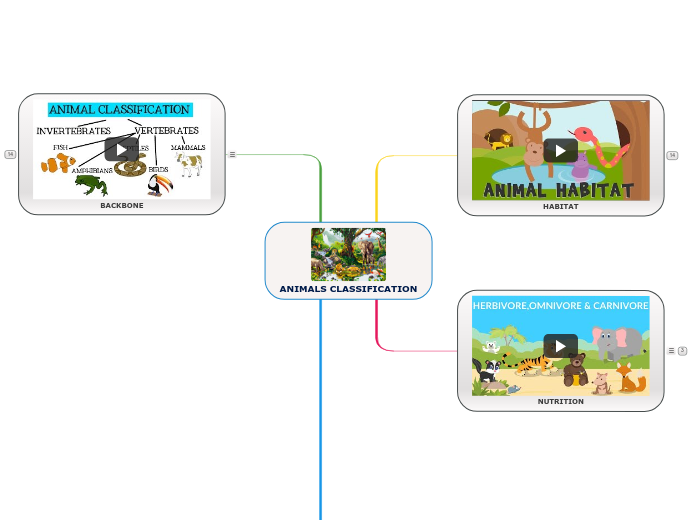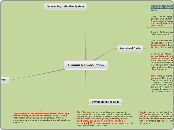LEGEND:
Blank = Characteristics/Info
Yellowish orange = Types
Orange = Domains
Red = Kingdoms
Magenta = Phyla
Light green = Sub Phyla
White = super classes
Blue = Classes
Green = Sub Classes
Purple = Genus & Species
Heterotrophs
Do not carry out photosynthesis
-Have bone tissues
-Organism is much stronger
-Gain more power and speed
Osteichthyes
Cichlidae
Multi-cellular or unicellular
Multicellular
Cell wall made of cellulose
Can perform photosynthesis
Diploid
Multi cellular
Develops from a zygote
Heterotrophic
Absorbs nutrients
Saprozic
Holozoic
Utilizes photosynthesis
Forms of movement:
Psudopod
Cilia
Flagella
Small and visible under a light microscope
Eukaryotic
Dicotyledon
Ginkgo biloba
Pteridium aquilinum
Leucobryum glaucum
Difflugia
Spirotrichea
Hexamita
Coccidiasina
Several chemical types of cell walls
Membrane-bound
Contains all complex organisms
Reproduces by either mitosis or meiosis
Single- cell prokaryotic organisms
Nucleus is present
Prokaryotes
Plasmid
Unicellular
Can be found in the harshest regions on earth
Ability to live in hot, acidic and salty environmental conditions
Oldest organisms on earth
No Nucleus is present
No membrane bound organelles
Single-cell prokaryotic organisms
Able to survive harsh conditions
Rigid cell wall
DIVERSITY MAP
Archaea
Archaeabacteria
Crenarchaeota
Euryarchaeota
Thaumarchaeota
Bacteria
Eubacteria
Morphology
Coccus
Staphylococcus aureus
Spirillum
Spirillum winogradskyii
Bacillus
Lactobacillus plantarum
Eukarya
Fungi
Reproductive Structure/Strategies
-Asexual reproduction
-Reproduce through
releasing haploid
conidiophores
-Have sacs for spores
Ascomycota
Pezizomycotina
-Asexual reproduction
-"Imperfect Fungi"
Deuteromycota
Hyphomycetes
-Uses both asexual reproduction
and sexual reproduction
-Sexual reproduction occurs only when conditions
are unfavorable and cannot reproduce asexually
-Asexual reproduction happens through the use of spores
-Sexual is through the use of conjugation
Zygomycota
Kickxellomycotina
-Sexual Reproduction
-Reproduce through
fruiting club fungi
Basidiomycota
Agaricomycetes
Plantea
Angiosperms
Gymnosperms
Seedless Vascular
Bryophyta
Protists
Protist groups
Fungi- like
Dictyostelid
Dictyostelium
discoldeum
Oomycota
Phytophthora
Chytridiomycota
Allomyces
Myxomycota
Dictyosteliomycetes
Animal- like
Ciliates
Zooflagellates
Sarcodina
Sporozoans
Plant-like
Chlorophyta
Prasinophyceae
Euglenophyta
Chlamydomonas nivalis
Rhodophyta
Corallinales
Phaeophyta
Laminariales
Chrysophyta
Ochromonadales
Pyrrophyta
Dinophyceae
Animalia
Evolutionary Milestones
-Formed a backbone
-Most complex organ and organs systems
Chordata
Vertebrate
Gnathostomata
Adaptations to Terrestrial Life
-Have fur/hair which allows for insulation
-Adapted to have full working internal
systems and different modes of nutrition
Mammalia
Major Groupings
-Substances are passed from the
mother to the fetus in order for
it to stay longer in the womb until
mature
-Superior to marsupials as zygotes
are healthier due to placenta
-Also have ability to get away from
prey quicker so zygote does not die
Placentals
Homo Sapiens
-Give early birth to a
fetus which climbs from
mothers birth canal
-Superior to monotremes
because there is more
protection for the zygote
Marsupials
Vombatidae
-Only living mammals
where females lay eggs
-Reproduce sexually
-Solitary animals during
mating season
Monotremes
Ornithorhynchidae
-Have feathers instead of hair
-Learned to fly
Aves
Agapornis
-Air breathing vertebrates
-Live only on land
-Have developed modes for
quicker movement and strong
defense
Reptilia
Crocodylus acutus
-Live in water and land
-Form both gills and lungs
Amphibia
Dendrobatidae
-Jawed fish
-Nostrils allow sense
of smell
-Hard skeletons which
start to form to protect
the organs of the body
Chondrichthyes
Pristidae
Agnathans
Tunicates
Cephalochordates
-Radial symmetry
-No head
-Has nerves that circle from the mouth and extend to its arms
Echinodermata
Asteroidea
-Has jointed legs
-Exoskeleton made out of chitin
-Developed gills or internal airways with jointed appendages
Arthropoda
Hexapoda
Insecta
Formicidae
Entognatha
Collembola
Chelicerates
Arachnida
Buthidae
Pycnogonida
Nymphon
Merostomata
Limulidae
Crustacea
Maxillopoda
Mystacocarida
Ostracoda
Podocopida
Malacostracans
Brachyura
Branchilopoda
Cladocera
Myriapoda
Pauropoda
Lestes sponsa
Chilopoda
Scutigeromorpha
Diplopoda
Macroxenodes bartschi
Symphyla
Hanseniella
-Features a mantle
-Has feet for quicker and easier movement
-Developed a more advanced digestive and circulatory system
Mollusca
Octopoda
-Has a coelom to protect vital body organ systems
-Developed both circulatory system & digestive system
Annelida
Polychaeta
-Formed a more advanced digestive
system
-More efficient (2 openings)
Nematoda
Secernentea
-Segmented parts
Platyhelminthes
Cestoda
-Formed a nervous system
-Created various modes of defense
Cnidaria
Anthozoa
-Very simple organism
-Formed a stomach and flagellated cells to create the flow of water
Porifera
Demospongiae









